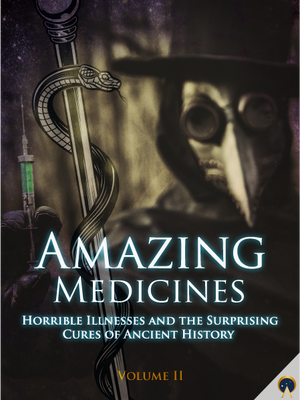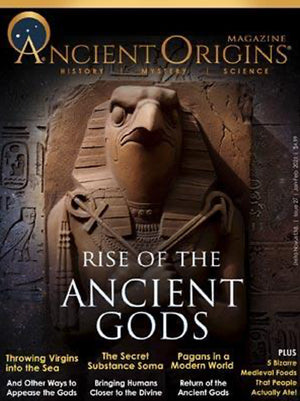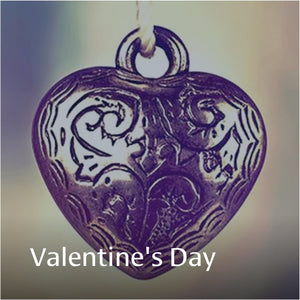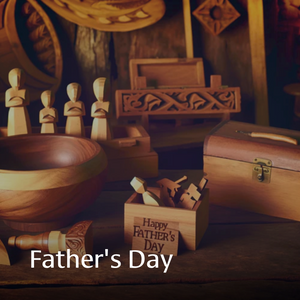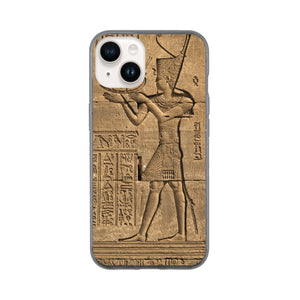
Miraculous Medieval Mediciners Of The Crusades
- Regular price
- $10.00
- Sale price
- $10.00
- Regular price
-
- Unit price
- per
-
Product Information
The Crusades dominated both the Christian and Muslim worlds during the Middle Ages. Thousands of experienced knights and ambitious hopefuls- seeking more their fortune than redemption- embarked across Europe towards Jerusalem to regain the Holy City for the Cross. But the warriors and soldiers were accompanied by an entourage of families, servants, clergy and tradesmen and -women, swelling the numbers to thousands.
Looking beyond the cross emblazoned banners, trumpeted fanfare, billowing banting and prancing horses that heralded the start of the Crusade, such a perilous long journey crossing Europe from West to East, encountering the mountain ranges of the near East, deserts and even the seas, was fraught with danger. Besides injuries, pregnancies and common ailments such as scorpion stings, the Crusading trek was beseeched by famine, plagues, leprosy, dehydration, diarrhoea, dysentery and when the fighting commenced – festering battle wounds, severed limbs, gangrene and amputations. Armed with herbaria, crude surgical instruments, their leech books under the arm, and a prayer for a miracle in the heart, the mediciners or leech-crafters stepped up, packed their tumbrels and set off.
Their journey was not just the physical crossing of Europe into the near East, but also a scientific expedition, for in the East they encountered a far more sophisticated Islamic knowledge of healing and medicine. Through cultural cross-pollination medicines, methods, diagnoses, healing and surgery were advanced, metaphorically scaling both sides of the Walls of Jerusalem.
Author Jon G Hughes discusses medieval medicine before and during the Crusades, available leech-books (ancient Gray’s Anatomy) the pharmacopeia, herbaria and medicinal matter a leech-crafter would stock in his tumbrel, the Hospitallers and Knights of the Order of St John and advances of medicine in the Islamic world.
Jon had also followed in the footsteps of the Crusaders and in Morocco and Marakesh, Rhodes and Malta he collected peculiar remedies to treat: Saddle sores: pounding the raw lungs of a bear to a smooth paste; Hair loss: crush a scorpion into a fine paste, add to this black pepper and the fat of a vixen; Against flying venom, necromancy and an elf’s arrow: the tooth of a recently hanged criminal, tied around the neck on a thong cut from the hide of a bear; Recover from intoxication: if a man be intoxicated let him wrap his testicles with a cloth soaked in sour vinegar. If it be a woman, let her do the same to her nipples; Improve dwindling male libido: take the right-hand lung from a vulture, dry it very well. Put inside the dried skin of a raven that has had its feathers plucked. This is to be tied around the neck of the man and soon his appetite will return more lust-fully than before.
Jon G. Hughes is part of a lineage of Druids that has been practicing for five generations in a remote area of Wales. He teaches the tradition in Ireland and gives workshops and seminars throughout Europe. He is the director of the Irish Centre for Druidic Practices and the author of A Druid’s Handbook to the Spiritual Power of Plants and The Druidic Art of Divination, amongst other titles. He lives in Killarney, County Kerry, Ireland. His latest book is The Healing Practices of the Knights Templar and Hospitaller: Plants, Charms, and Amulets of the Healers of the Crusades

